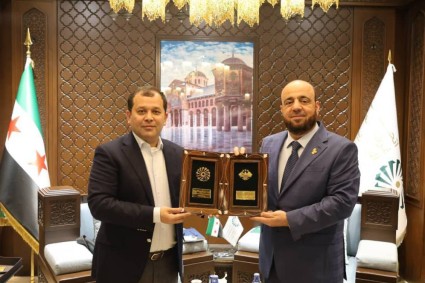On October 15, U.S. Ambassador Jonathan Henick visited Khojayli, Karakalpakstan, to celebrate the reopening of the newly reinforced structure of the Khalif Erejep Mausoleum. The International Institute for Central Asian Studies (IICAS) received an U.S. Ambassadors Fund for Cultural Preservation (AFCP) to restore this critically vulnerable structure.
The U.S. Embassy provided approximately $80,000 for this AFCP grant to conserve the Khalif Erejep Mausoleum, originally built in the 12th century. Advanced techniques such as geophysics, geodesy, archaeological investigations, structural monitoring, 3D scanning, photogrammetry, and radiocarbon dating were employed to gain a thorough understanding of the site’s condition. Information boards with interactive elements were installed at the site, offering visitors detailed insights into the mausoleum's history and the conservation techniques applied. An audio guide was also developed, providing an immersive experience with informative commentary accessible via mobile devices. A dedicated website www.mizdakhkan.com was launched to share the site's historical background, updates on conservation efforts, and practical visitor information.
“Karakalpakstan’s rich history and culture shine through this important monument. It reflects Karakalpakstan’s deep traditions and ancient soul,” Ambassador Henick emphasized during his visit to the site. He added, “The preservation of the Khalif Erejep Mausoleum is a testament to the strong partnership between the United States and Uzbekistan. Through the Ambassadors Fund for Cultural Preservation, we are honored to support Uzbekistan’s efforts in preserving its rich history for future generations. This effort also reinforces our bilateral commitment to cultural heritage preservation.”
Due to this project, local scientists and conservators participated in seminars related to architectural conservation and sustainable tourism development. Trainers introduced them to cutting-edge methods of geodetic measurement and photogrammetry, enhancing their ability to accurately document and preserve cultural heritage objects. Additionally, participants explored sustainable tourism strategies that ensure a balance between promoting cultural sites and preserving their integrity and authenticity for future generations.















